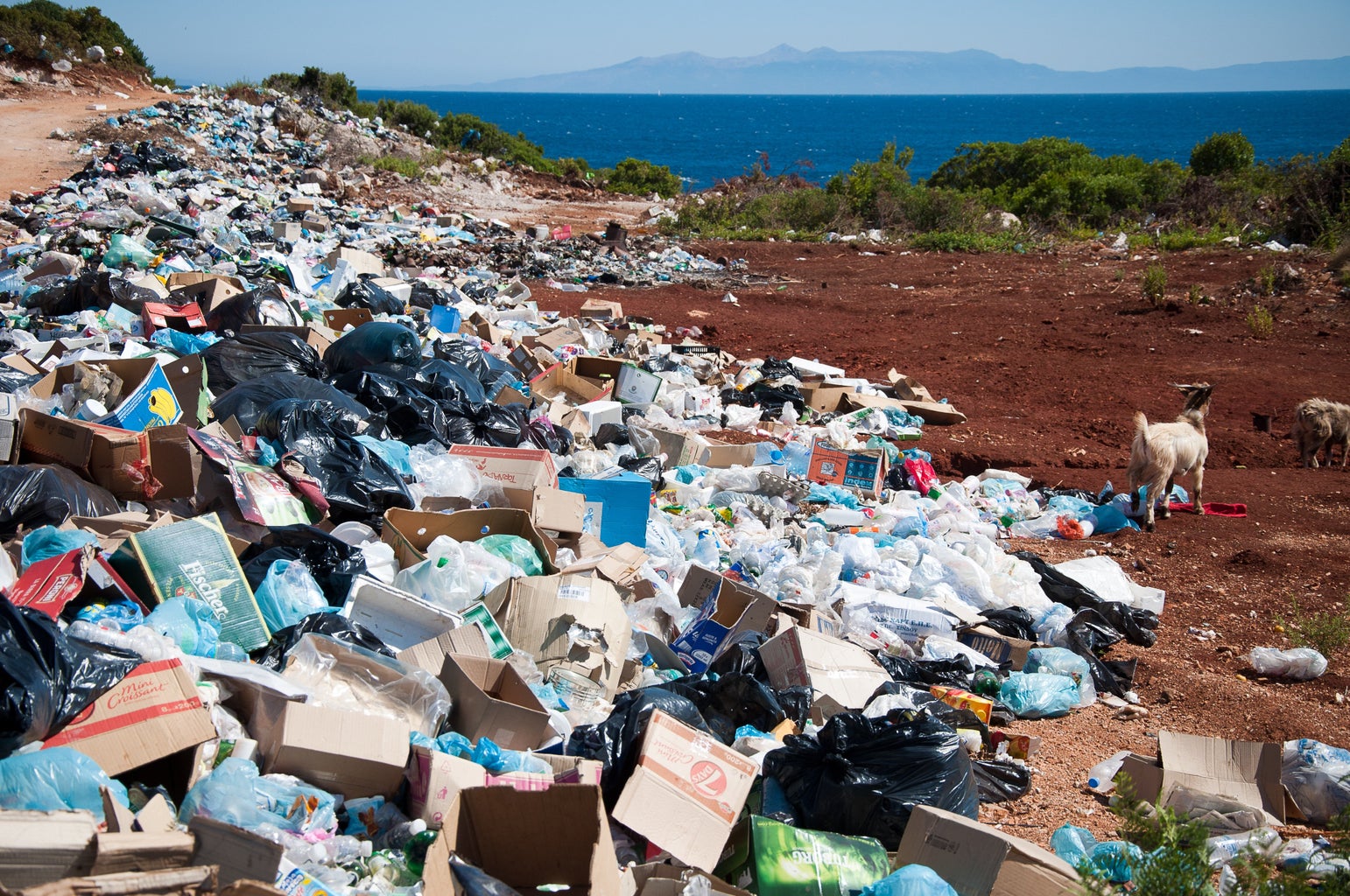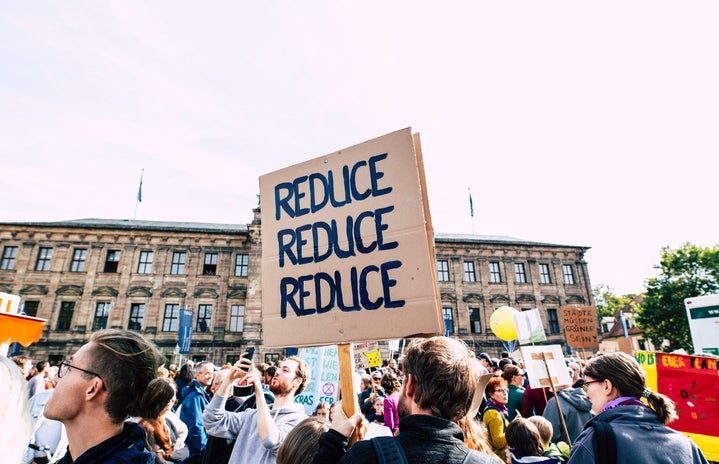Over the last couple of years, I’ve noticed a sharp increase in activism-related posts on my previously selfie-flooded Instagram feed. In particular, I’ve witnessed the trend of reposting environmental infographics, with “Save the Turtles” being the most dominant theme. While the sentiment behind the creation of these infographic posts may be genuine, the reposting of them often gives off an air of performativity. Too often, social media influencers can be observed simultaneously uploading “Trying Every Drink on the Starbucks Menu” videos to their YouTube channels, while promoting “sustainability” on their Instagram stories.
According to the Oxford dictionary, sustainability is defined as “the ability to be maintained at a certain rate or level.” While sustainability focuses on providing for present needs while keeping in mind the needs of future generations, trends are ever-changing. They come and go with the seasons, holding no regard for the future. Therefore, the sudden influx of marketed sustainability is fundamentally unsustainable.
Let’s break down the all-too-familiar “Save the Turtles” example. This trendy slogan is associated with abstaining from using plastic straws for the sake of sea turtles since the waste disposal process leads to the dispersal of plastic into the ocean, where straws become lodged in turtle’s nostrils. While this slogan appears to have an admirable purpose on the surface, the issue goes much deeper. One of the most common instances of declining a plastic straw takes place inside a Starbucks, opting to instead drink a cold beverage from a sippable lid. What many fail to consider in this scenario is that the coffee cup and lid are still made of plastic. While this plastic may not come in straw form, plastic in any form still has a negative impact on the Earth, as it takes 20 to 500 years to decompose.

To break free from the prevalent culture of trendy sustainability, it’s essential to think critically about all aspects of the lifestyle you are leading. It goes far beyond “saving the turtles.” Turning down a straw with your morning iced coffee is a step in the right direction, but it doesn’t give you a free pass to place a massive order from a fast-fashion company later that afternoon. Leading a truly sustainable lifestyle includes advocating for a shift in society alongside being conscientious about your personal choices. Continue saving the turtles, but be sure to comprehensively educate yourself and others on the intricacies of sustainability and environmental activism in order to be as fully informed and engaged as possible. Leading a sustainable lifestyle isn’t just a trend; it’s the backbone of the future.



